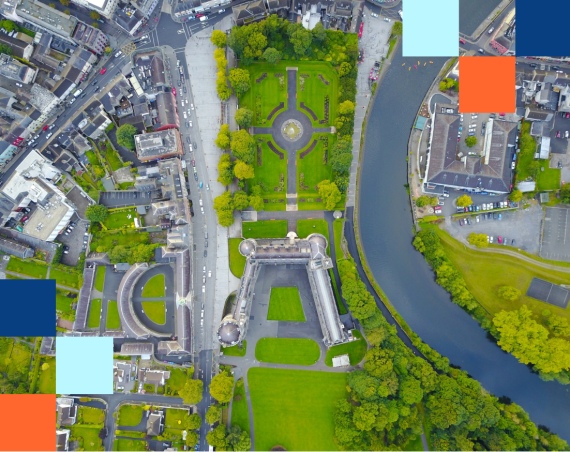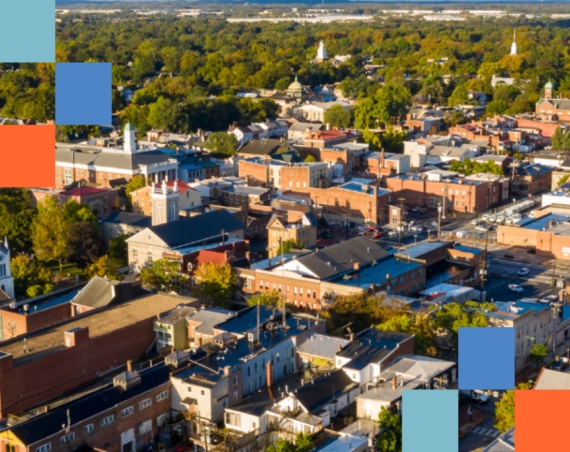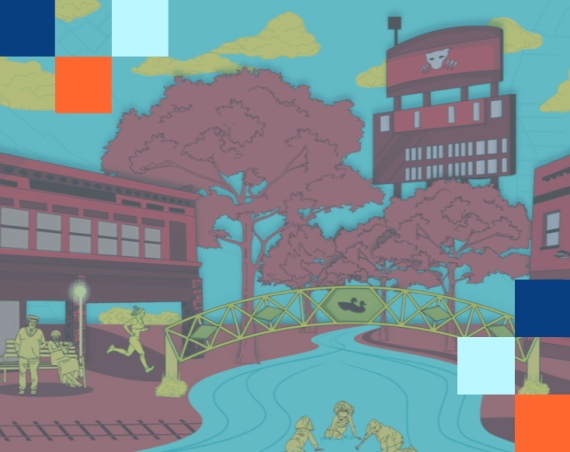A significant part of any local governments’ list of responsibilities is creating comprehensive plans. These might be strategic plans defining local priorities. Climate plans, outlining long-term strategies. Mobility plans, determining the local traffic and public transport situation. Or maybe city plans, containing decisions to reshape our public spaces in the short and longer term.
Say you’re looking to invest in planning projects to make public spaces greener, more pleasant, and more accessible. Involving community members in these plans is crucial for accurate, responsive, and inclusive decision-making. Let’s have a quick look at why that is.
The role of public participation in city planning
Launching an engagement trajectory isn’t a “one and done” endeavor. It requires commitment, a clear action plan, and a dedicated person or team to streamline the process. But the benefits are numerous:
- Buy-in for new policies and plans. If community members feel like their opinions were heard and considered in a decision or plan, they’ll typically be more likely to support it, participate again in the future, and take a more favorable and trustful stance towards local government.
Better, more accurate decisions aligned with the community’s diverse priorities and needs. The multi-faceted feedback from diverse groups within your community will help you allocate your time and resources more efficiently. - Increased community awareness and trust. Public participation helps us to create strong, tight-knit communities who consistently connect and co-create their surroundings.
Community members are experts by experience— they know exactly how public spaces are used on a daily basis and what they are currently lacking. Before you invest in expensive and time-consuming renovations, make sure their feedback is on the table.
How to get people engaged
Unfortunately, simply sharing your findings and asking community members for feedback isn’t enough to spark true engagement. Even the most motivated, engaged community members won’t wrestle their way through a 300-page city plan.
To receive valuable feedback, you’ll have to make people care. Fortunately, there are a few ways to achieve this.
- Provide context. Why is this plan being devised in the first place? Why does it matter, and what will it change? Helping community members understand the importance of the decisions at hand will pique their interest in getting involved.
- Go visual. When sharing information, experiment with infographics, interactive maps, mind maps, or other visual elements. Making sure information is easy to process and retain is crucial in kindling engagement.
- Break your plan down into smaller, more specific pieces. If one of the sections of your city plan focuses on creating greener spaces, this part can further be broken down according to specific neighborhoods, existing green spaces, or relevant local topics. This allows community members to focus their engagement efforts on the topics or areas that matter to them most.
- Choose your engagement methods wisely. Some people might be so eager to weigh in they won’t be satisfied with filling in a quick poll. Others might want to participate but don’t have the time to allocate a budget or join a workshop. Breaking a project down into different methods can help convince a broader audience to get involved in the way they see fit.
- Take a hybrid approach. Online participation can be quick, accessible, and remote, while offline participation fosters real-life connection and collaboration. Combining both will help you reach a wider audience.
- Have a clear timeline. If you have a CitizenLab-platform, you can use the timeline function to structure your project into substantial phases. This increases transparency and manages participants’ expectations.
Really, it isn’t just about asking your community for feedback—it’s about getting them genuinely excited about getting involved and co-creating the public sphere.






